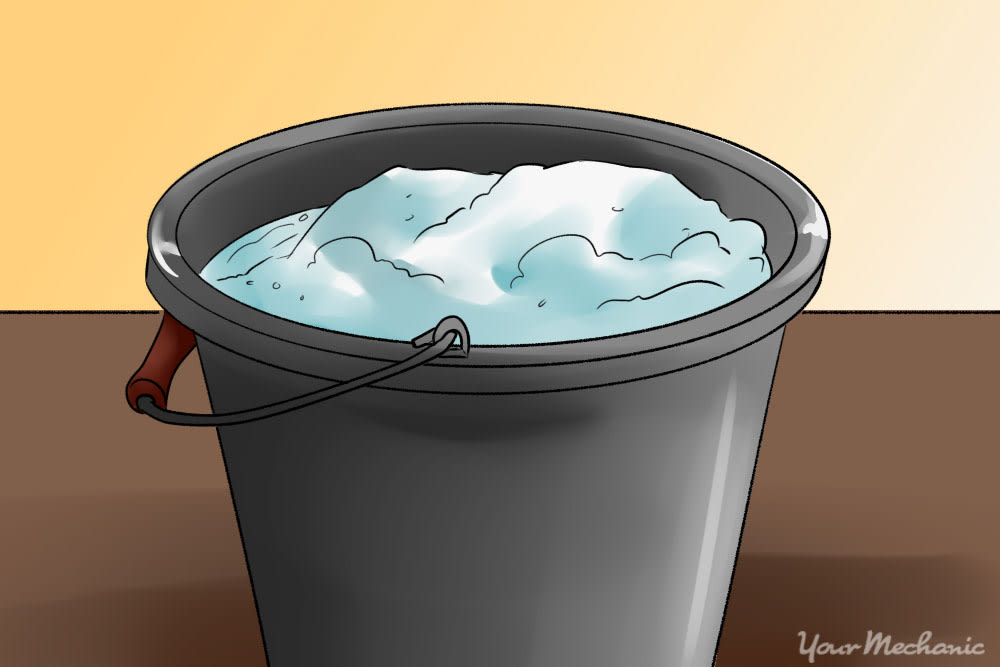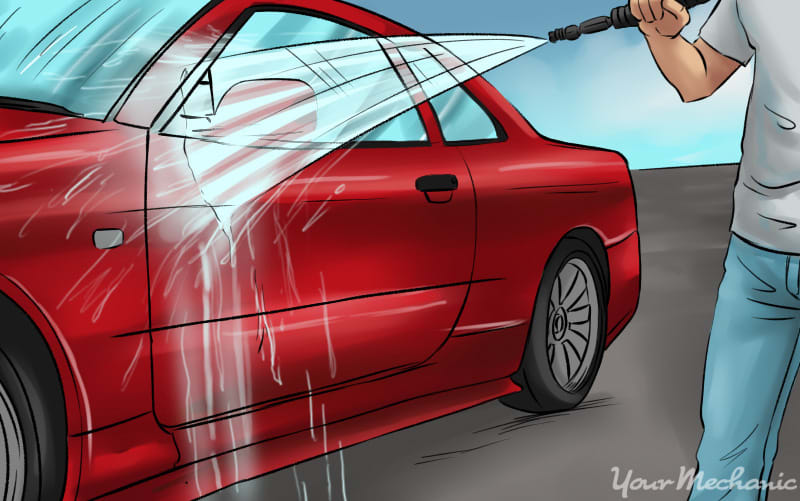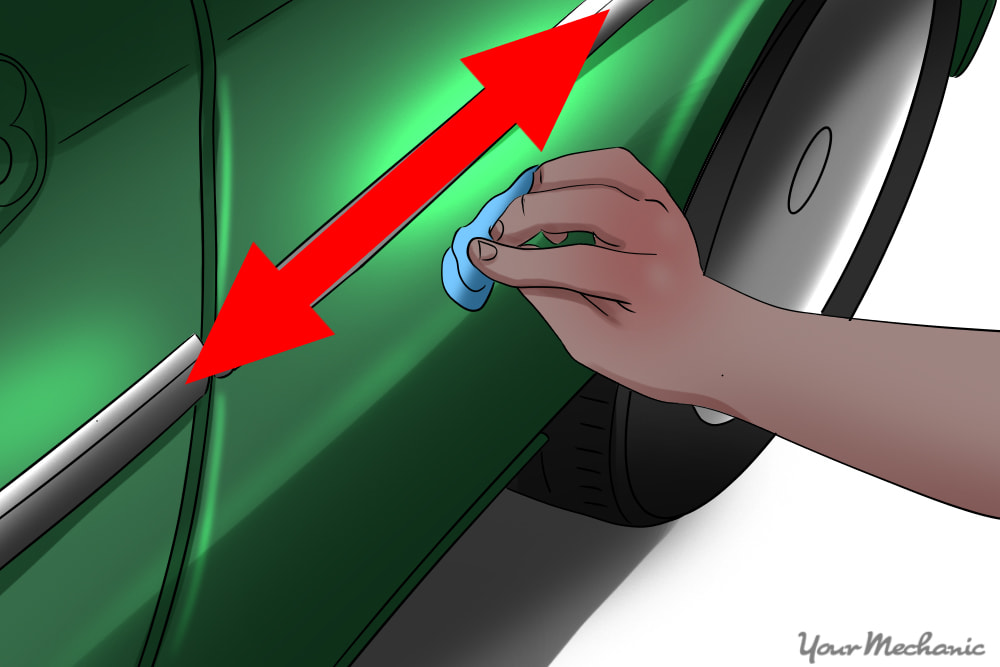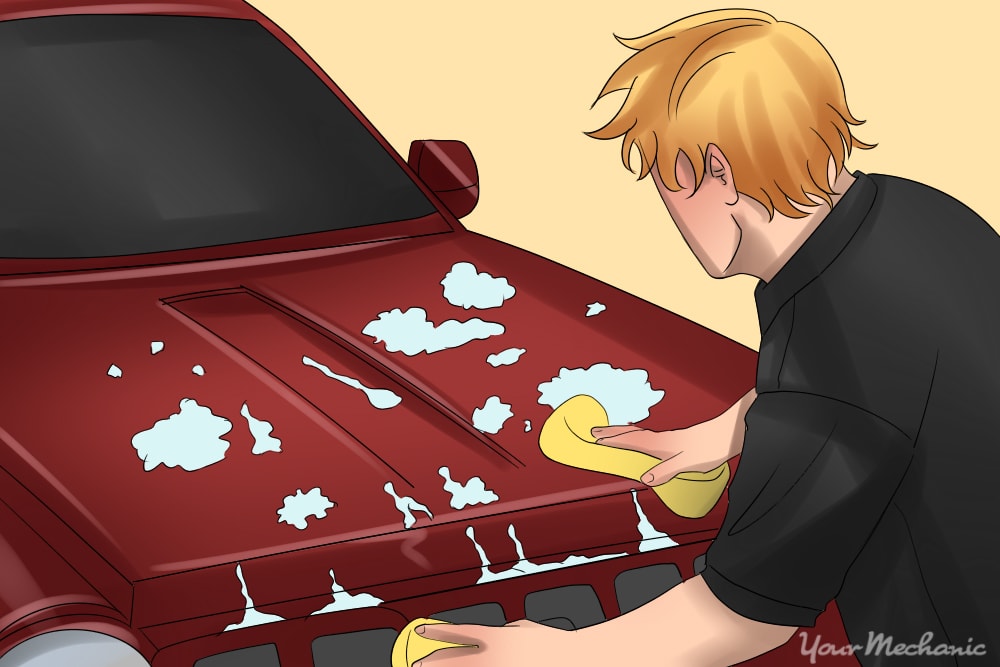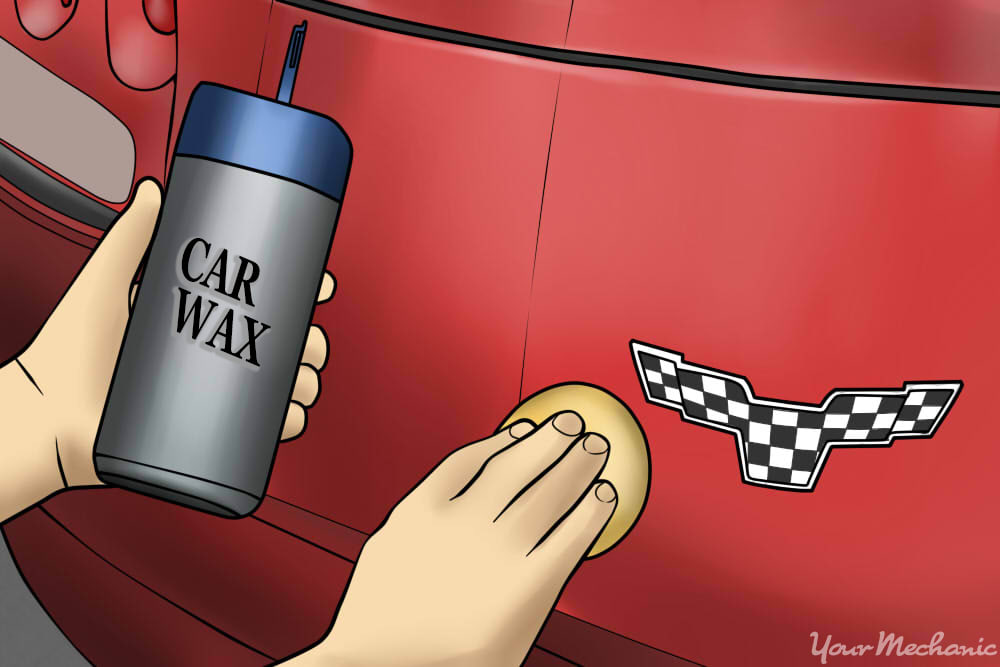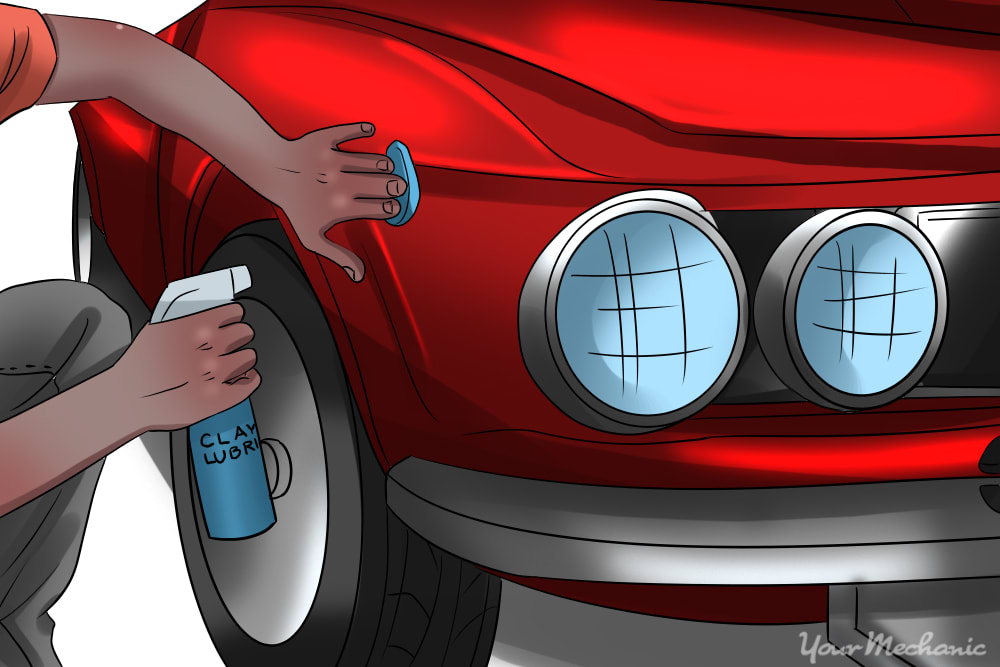

Professional vehicle detailers use clay bars to remove contaminants and provide a smooth finish to a vehicle. The process of using auto detailing clay to remove dust, dirt, and contaminants is known as “claying”.
Clay is most commonly used on paint, but also works on glass, fiberglass, and metal. With a little practice, you can learn to use auto detailing clay to detail your own car without damaging its surface.
Part 1 of 3: Prepare your car
Materials Needed
- Bucket
- Car wash soap
- Hose or power washer
- Microfiber cloth
- Sponge or wash mitt
- Water
Step 1: Make a soapy solution. Mix water in your bucket with car wash soap according to the instructions on the car wash soap container.
Soak your sponge or wash mitt in the water.
Step 2: Rinse away grime. Rinse any loose dirt or grime from your car from a clean water source like a garden hose or a pressure washer.
Step 3: Scrub your car. Scrub the exterior of your car with your sponge or wash mitt. Start at the top and work your way down.
Wash your car panel by panel to be as thorough as possible. Any remaining dirt can contaminate your clay later on or cause scratches on your paint.
Step 4: Rinse your car. Thoroughly rinse your car with clean water, working your way down, making sure that no suds remain on the car.
Step 5: Dry your car. Dry your car with a microfiber cloth or chamois, wringing it out when it gets saturated.
Let your car dry fully before moving on.
Part 2 of 3: Clay the car
For most vehicles, you can clay the exterior 1-2 times per year to maintain a clean, brilliant paint job. For this purpose, use a medium grade detailing clay. If you are quite particular about keeping your car showroom clean, you can clay your car every couple of weeks, but be sure to use fine grade detailing clay to prevent excessive wear on your paint job.
Materials Needed
Step 1: Spray the clay lubricant. Spray the lubricant across a small surface. Make sure you get good coverage or the clay bar will stick.
- Tip: It’s best to work in a square section of about 2’ x 2’ so the lubricant doesn’t dry out before you finish.
Step 2: Move the clay bar over the surface. Work the clay bar in a back-and-forth motion rather than moving in circles or up and down.
- Tip: Keep the pressure light so you don’t scratch the surface of your car.
Step 3: Rub the clay bar till the surface is clean. Continue working on the area until the clay glides smoothly. As you move the clay over the lubricated surface, if it grips the surface at all, it means there is contamination on the paint. Keep rubbing.
You also won’t feel any roughness or hear the clay picking up debris when the area is completely clean.
Step 4: Repeat the steps on the whole car. Fully clay each panel on your car before moving on to the next panel.
An uneven clay job will be evident later on when you wax your car.
Tip: Turn over the clay bar after using it to keep it fresh and avoid damaging your car’s paint.
Tip: Examine the clay and throw it away once it has been filled with debris. Many times, you can re-use it. Knead it and flatten it out again to get more use out of it.
Step 5: Store the clay bar correctly. Spray lubricant on the clay bar when you’re finished and store it in a ziplock bag to use the next time.
Part 3 of 3: Finish the process
When you clay your car’s paint finish, you don’t just remove contaminants from the paint surface. It also removes any protective coatings you have applied in the past including wax. You will need to apply another protective coating in order to maintain your car’s freshly clayed paint job.
Step 1: Wash your car. Make sure that your car is completely clean and dry.
Step 2: Wax your car. Wax and polish your car’s paint job to seal the freshly clayed paint. Follow the instructions on your favorite car wax to seal your paint.
Tip: Most cars should be clayed once a month with fine clay. If you only do it once or twice a year, you’ll need to use the medium grade.
Tip: Expect to spend about an hour for the first few times you clay your car. If you do it on a regular basis, it will only take about 30 minutes after you’ve mastered the technique.
Regular washing alone does not protect your car’s surface and clean it of all contaminants.
Once you learn how to use detailing clay, you can maintain a smooth, professional finish for your car. Claying helps you trap and remove grime, pollutants, grease and dirt from your car’s exterior surface. Not only does claying prevent potential damage from corrosive materials, it also provides a smooth surface to which sealant or wax can adhere.


